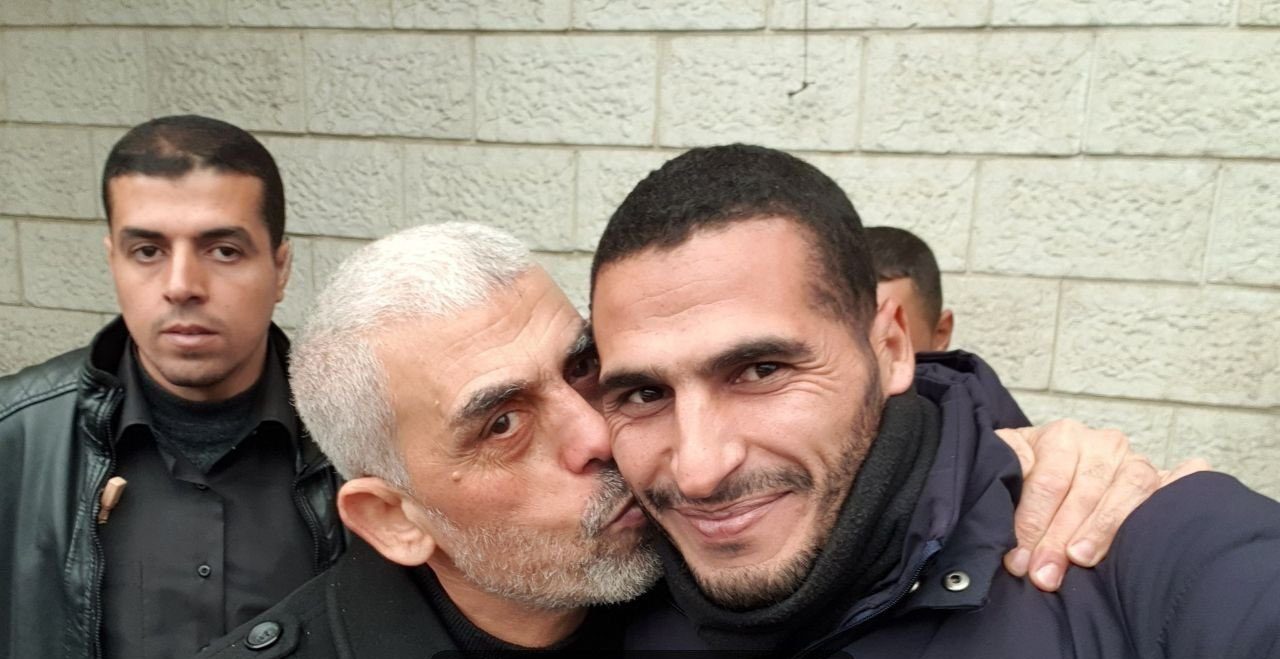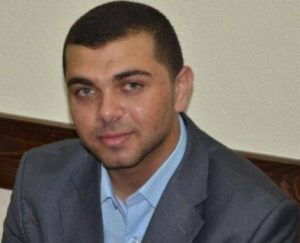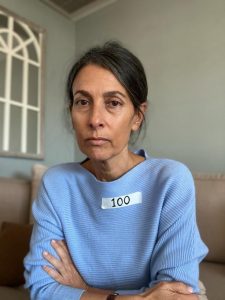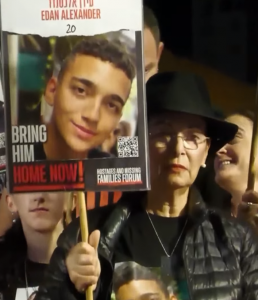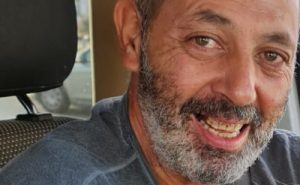The deployment of freelance photographers who captured some of the attacks carried out by Hamas terrorists in southern Israel on October 7 for AP and Reuters has raised significant questions about their level of knowledge and the timing of their presence during these events, in which over 1,400 people lost their lives, according to an in-depth analysis by HonestReporting.
The watchdog identified six freelance photographers – Hassan Eslaiah, Yousef Masoud, Ali Mahmud, Hatem Ali, Mohammed Fayq Abu Mostafa, and Yasser Qudih – who were present during the attacks and whose work is being distributed by the Associated Press and Reuters to various publications.
HonestReporting pondered why these photographers were present at the scene during what should have been a typical Saturday morning, especially given that it was the Jewish holiday of Simchat Torah. They asked if their presence was coordinated with Hamas and whether the reputable wire services, which published their photos, were aware and approved of their presence within enemy territory alongside terrorist infiltrators.
These freelancers captured images of an Israeli tank in flames and of Hamas terrorists involved in abductions, including the German-Israeli woman Shani Louk, who was later found dead.
Also Read: Who is Ariel Bibas? Toronto woman films herself tearing down poster of kidnapped Israeli toddler
Who is Hassan Eslaiah?
HonestReporting also brought to light deleted social media posts where Hassan Eslaiah stood in front of the Israeli tank without a press vest or helmet, captioning the image in Arabic: “Live from inside the Gaza Strip settlements.”
The watchdog additionally highlighted that the AP apparently removed the freelancers’ names from some of the photos in its database, suggesting potential concerns regarding journalistic ethics.
According to HonestReporting, Mostafa photographed a lynch mob “brutalizing the body of an Israeli soldier who was dragged out of the tank” for Reuters. The news agency issued a graphic warning with the image and shockingly featured it as one of its “Images of the Day” in its editorial database.
The analysis acknowledges the complexity of journalists’ roles in documenting war crimes but raises questions about the circumstances under which these photographers operated. It suggests that Hamas had meticulously planned the October 7 attack on Israel, including its scale, brutal objectives, and extensive documentation, and questions whether the presence of these “journalists” was coincidental or part of a larger plan.
The article concludes by emphasizing that when international news agencies purchase content captured under such problematic circumstances, it raises concerns about their standards and necessitates transparency. If these journalists actively or passively collaborated with Hamas to obtain these images, it blurs the line between journalism and unethical practices.

